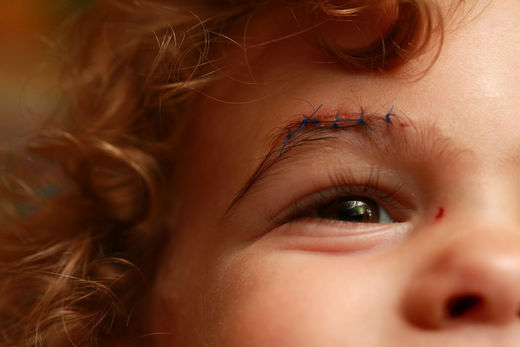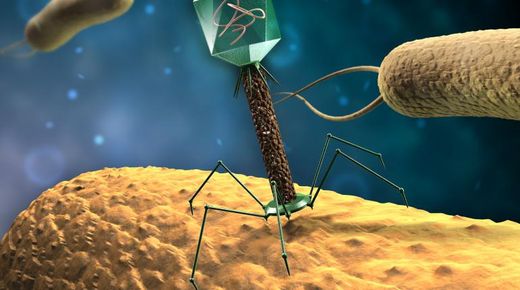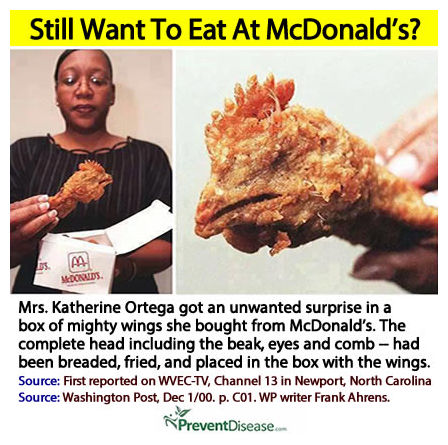
© Fabrizio Costantini for the New York TimesTwo-year-old Ben Bellar of East Lansing, Mich., getting stitches after a fall at home. The bill for his treatment came to more than $2,000.
With blood oozing from deep lacerations, the two patients arrived at California Pacific Medical Center's tidy emergency room. Deepika Singh, 26, had gashed her knee at a backyard barbecue. Orla Roche, a rambunctious toddler on vacation with her family, had tumbled from a couch, splitting open her forehead on a table.
On a quiet Saturday in May, nurses in blue scrubs quickly ushered the two patients into treatment rooms. The wounds were cleaned, numbed and mended in under an hour. "It was great - they had good DVDs, the staff couldn't have been nicer," said Emer Duffy, Orla's mother.
Then the bills arrived. Ms. Singh's three stitches cost $2,229.11. Orla's forehead was sealed with a dab of skin glue for $1,696. "When I first saw the charge, I said, 'What could possibly have cost that much?' " recalled Ms. Singh. "They billed for everything, every pill."
In a medical system notorious for opaque finances and inflated bills, nothing is more convoluted than hospital pricing, economists say.
Hospital charges represent about a third of the $2.7 trillion annual United States health care bill, the biggest single segment, according to government statistics, and are the largest driver of medical inflation, a new study in The Journal of the American Medical Association found.A day spent as an inpatient at an American hospital costs on average more than $4,000,
five times the charge in many other developed countries, according to the
International Federation of Health Plans, a global network of
health insurance industries. The most expensive hospitals charge more than $12,500 a day. And at many of them, including California Pacific Medical Center,
emergency rooms are profit centers. That is why one of the simplest and oldest medical procedures - closing a wound with a needle and thread - typically leads to bills of at least $1,500 and often much more.












Comment: Sounds like more Soda wars for the share of your stomach
The Real Dangers of Soda to You and Your Children
Do the Chemicals That Turn Soda Brown Also Cause Cancer?
The Facts, Statistics and Dangers of Soda Pop
Soda Ingredients Linked to Cirrhosis and Cancer